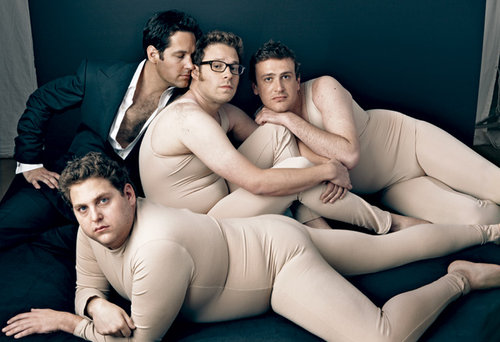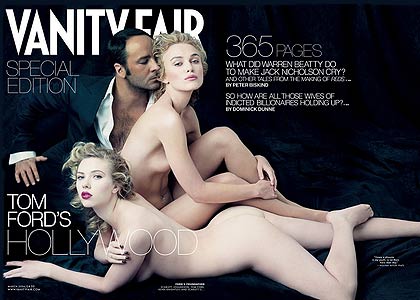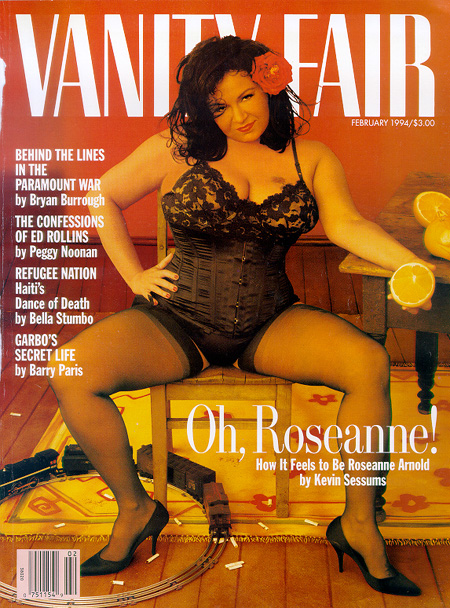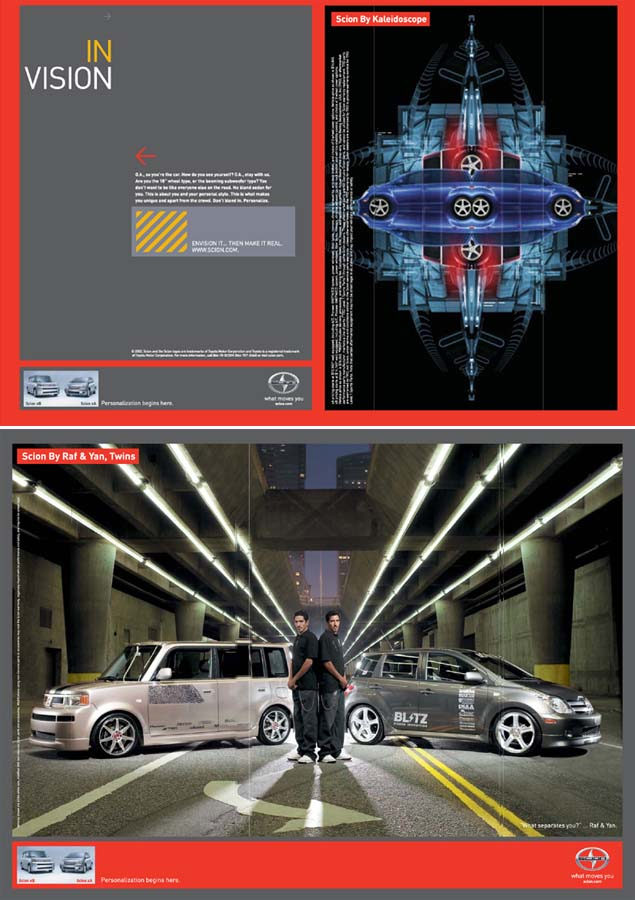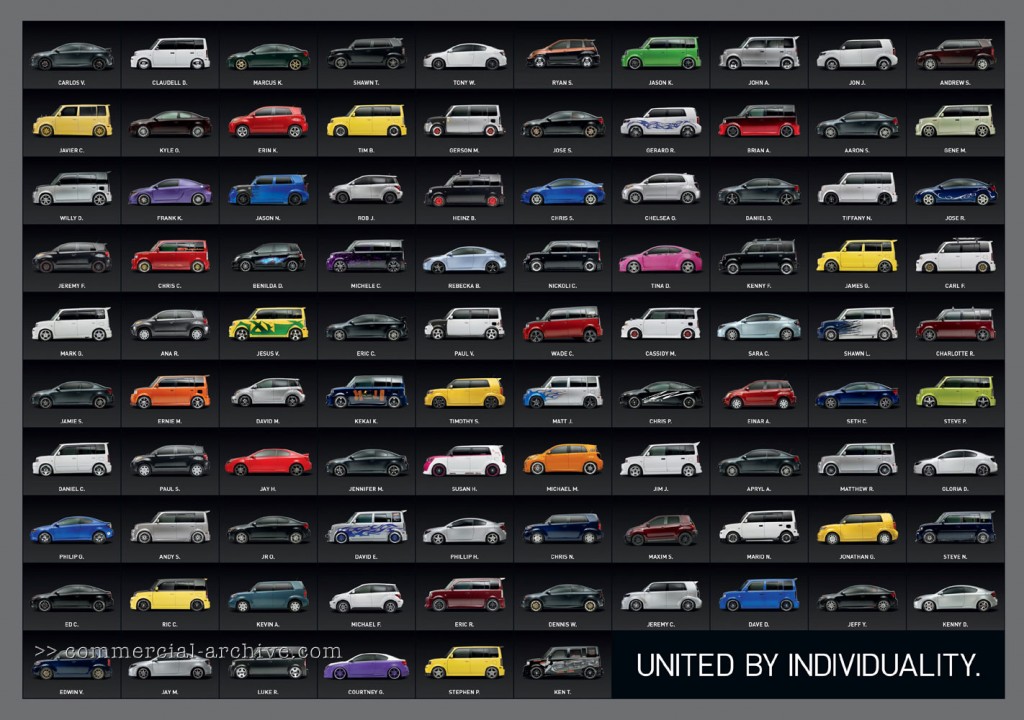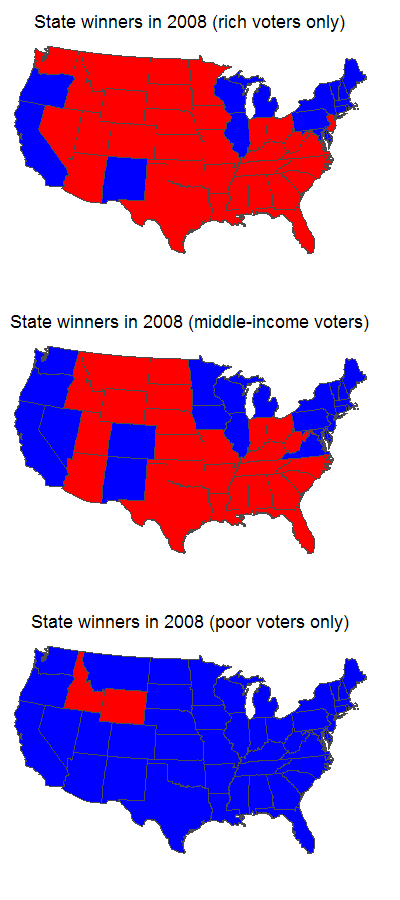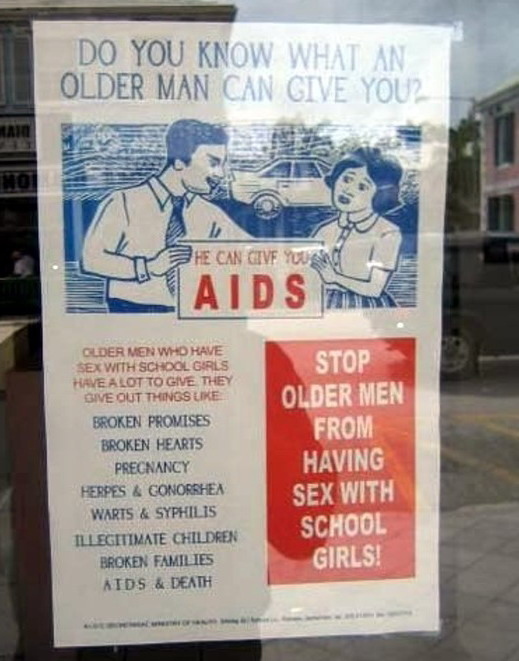Burk sent in several Miller beer ads, all directed by Errol Morris, which contain some interesting messages about modern masculinity. Specifically, real men drink beer and don’t worry about stupid things like their diet or health:
This one connects drinking Miller to pro-American patriotism and the value of manpower (and it really means MANpower):
Real men know how to back up Suburbans pulling boats:
Clearly, we’ve lost an important element of manhood when men can no longer do this. Of course, driving a Suburban pulling a boat seems to contradict the whole patriotic non-use of gas element of manhood, but let’s not get into details.
And finally, real men have to restrain themselves while they listen to women:
It’s such a pain to have to interact with gals!
You can find even more here.
UPDATE: In a comment, Chuk says,
In these ads, with the exception of the cyclist, none of the men’s faces are ever fully shown. What if this was a series of adds with images of women? How would the regular poster and commentators normally react to this kind of framing? What would it mean in that context? Does that analysis apply to this context?
I think that’s a good question. One criticism people often make of ads is the way women’s faces are often obscured; this is pointed out as a way of objectifying them, turning them into bodies rather than full people with faces, voices, etc. I certainly think it’s possible to objectify men as well, although it’s also possible to show part of a body because the viewer is supposed to take on the viewpoint of the person in the ad, in which case you can’t, obviously, see the face or head, since you’re supposed to be the face/head. I found the bacon and butter burger ads creepy overall, as well as another one of the Morris ads where a (generally faceless) grandma is cooking for a bunch of men whose faces we never see.
Thanks for the comment, chuk!


